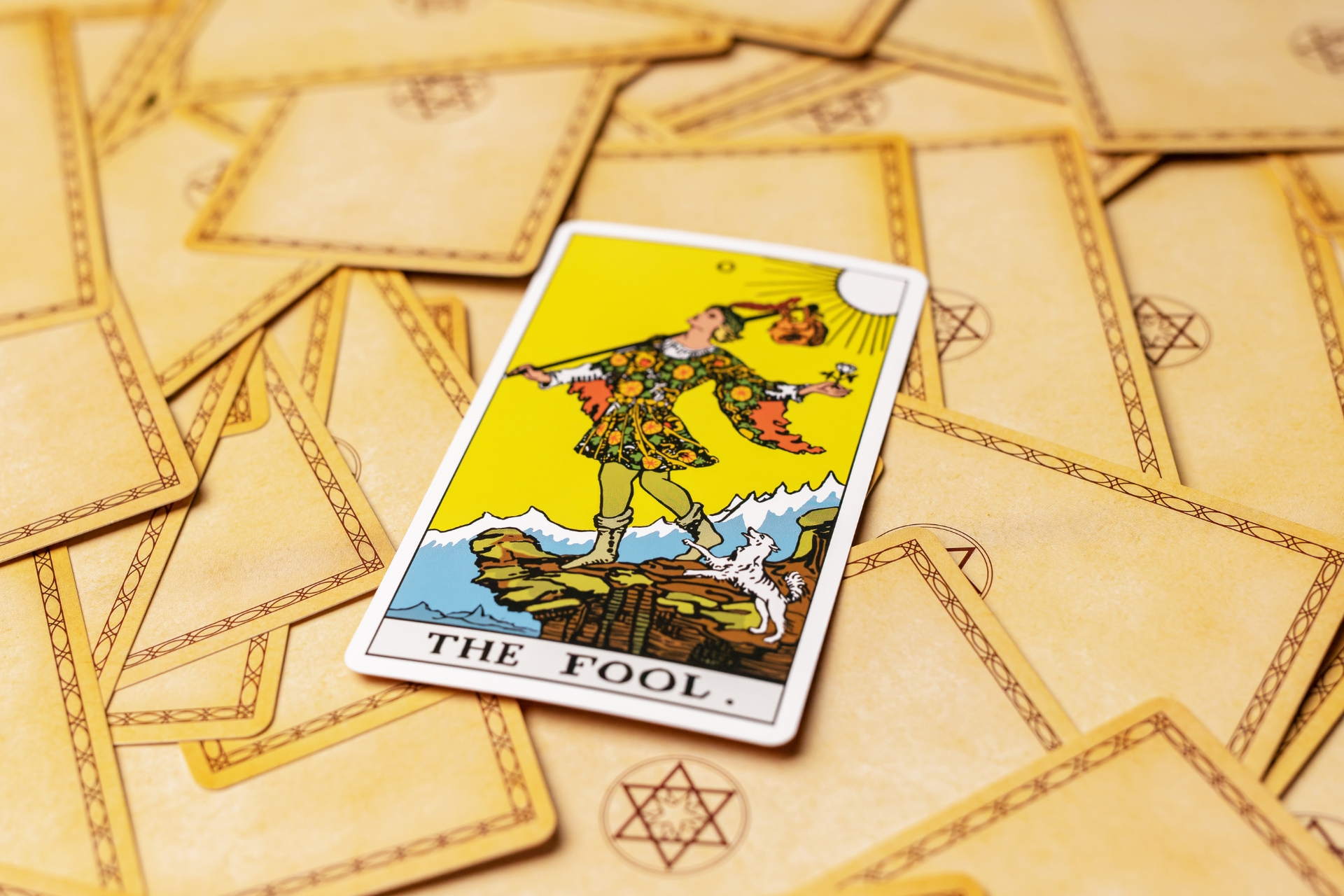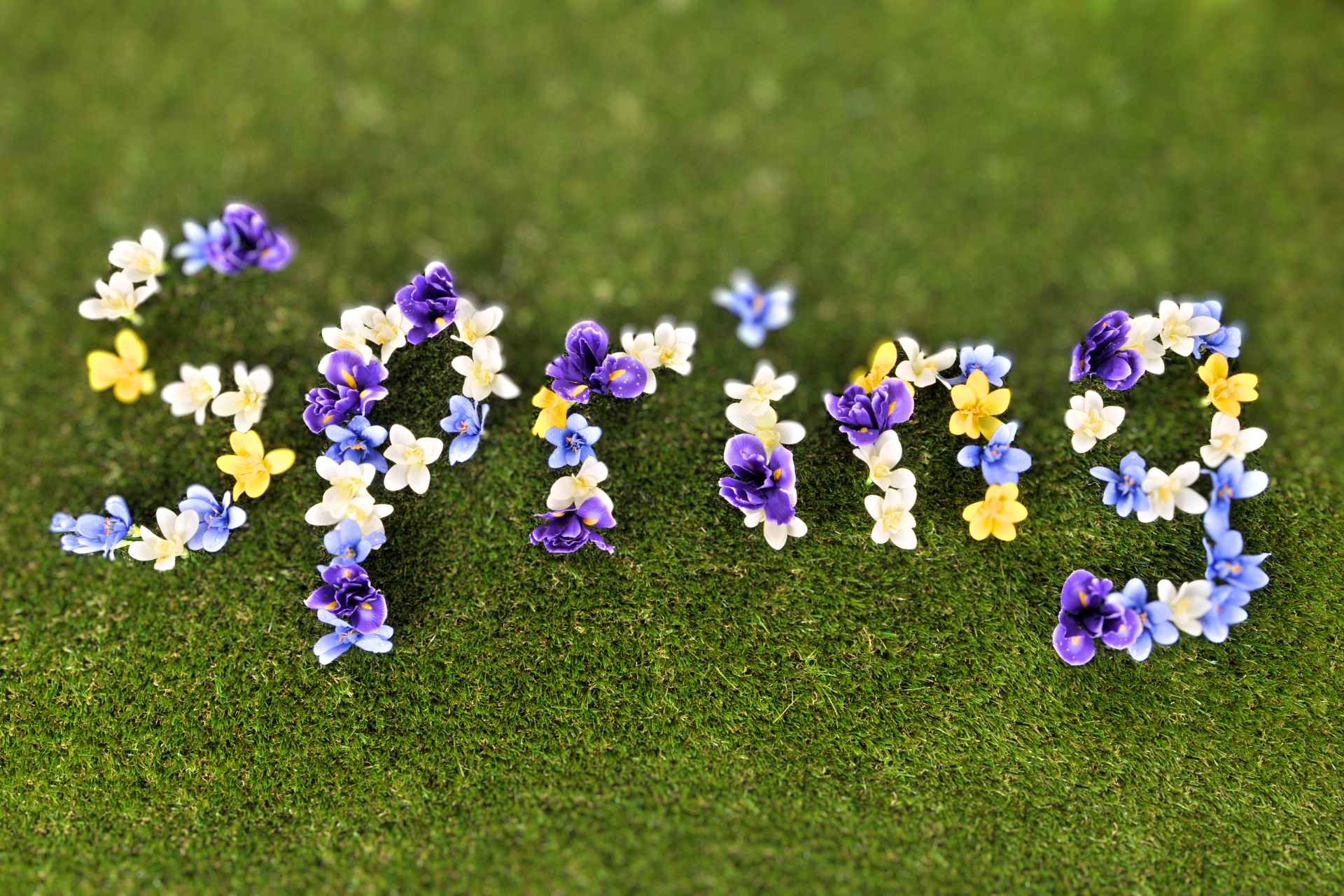Mindfulness. A simple word, yet its meaning is filled with an array of different ideas and interpretations.
At its simplest core, it is the idea of being fully present and engaged in the moment. Bringing the mind’s awareness to attend fully to what’s happening and being experienced right now.
The simple truth is that our mind often wanders and can veer off track at any moment. Thoughts are powerful, they can evoke strong emotions that take us deeper into the psyche and away from our sense of presence.
Mindfulness is fully aware of this and offers a delicate tool to overcome this ongoing challenge faced by most people. The art of practising awareness of these thoughts and feelings without distraction or judgment is what makes mindfulness a simple, yet profound technique to navigate the difficulties life can throw our way.
Origins of Mindfulness
The beginnings of mindfulness can be traced back to various religious and secular traditions.
Typically, the practice has been associated with Eastern traditions and philosophies such as Hinduism, Buddhism, yoga and meditation.
As the popularity of mindfulness grew, its wisdom flowed out of religious and spiritual institutions in the East and found its way to the West through various people and structures.
With a somewhat blurred history surrounding its exact origins, it is believed that people have been practising mindfulness for thousands of years in its various forms.
Some researchers contest that mindfulness also has roots in Judaism, Christianity, and Islam. The monotheistic faiths emphasise cultivating the presence of God in everyday acts. (Halvor Eifring., 2018).
Despite these recent findings, most modern Western practitioners and teachers have been influenced by the Buddhist and Hindu perspective of mindfulness.
Buddhism & Mindfulness
Comparing the two faiths, Buddhism differs from Hinduism based on the belief to not recognise the sacred texts of the Vedas. For Buddhist’s, their faith is not a religion. The teachings of the Lord Buddha were shared as an example that a path to enlightenment, liberation and freedom from suffering is possible for any man or woman to attain.
This focus sets Buddhism apart from all major religions. As without a belief in the existence of an external God, the emphasis shifts to attaining self-knowledge and cultivating good karma to transcend the perceived limitations of physical reality (Ilkka Pyysiäinen., 2003).
Both Buddhism and Hinduism share an appreciation for mindfulness, although Buddhist philosophy may be seen as having a greater influence on present practices.
Buddhism promotes the principle of mindful awareness (Sati), which is believed to be the first step to awakening and walking the path to enlightenment.
Since Buddha’s lifetime, Buddhism has split into several different traditions—including Theravada and Zen. In Buddhist teachings, the foundation to all problems in society takes root from people violating the 5 Sila. The way to overcome the temptations of Sila is rooted firmly in the idea of being present and mindfully aware of all thoughts, emotions and subsequent actions.
With mindfulness being such an integral aspect of Buddhism, combined with the influences from Buddhist teachers sharing their wisdom across the globe, it is clear how crucial of a role Buddhism has played in the adoption and ongoing popularity of mindfulness.
One of the biggest influences of mindfulness expanding to the West was Jon Kabat-Zinn. The American professor learned and studied mindfulness from several Buddhist teachers, including the late Thich Nhat Hanh (a popular Zen Master and global spiritual leader). His appreciation for its benefits led him to set up several mindfulness centres in the US that were specifically focused on developing programs to reduce stress.

The Yoga Connection
Of the predominant Eastern traditions connected to mindfulness, yoga also has a strong connection with the practice of being present.
The majority of yoga practices have mindfulness at their core. Mastering the breath with conscious Breathing techniques draws real parallels with traditional yoga pranayama Breathwork.
Yoga and mindfulness are perfectly matched in their essence as both share the goal to achieve a holistic connection between mind, body and spirit.
The wise sage of yogic philosophy, Patanjali wrote a series of profound books on the practice of yoga and described the essence of yoga as taking you directly into the present moment to experience life to the fullest.
New research continues to back up those claims by indicating that regular yoga practise has a positive correlation to cultivating higher levels of mindfulness (James Carmody et al., 2008).
Benefits of Mindfulness
Incorporating regular mindfulness practice into your daily routine is where the true benefits of the technique start to shine through. Clearing the mind of obsessive, stressful, unnecessary thoughts
with a gentle calm appreciation for whatever arises in the present moment is filled with an array of mental and emotional benefits.
Clinical trials into the effectiveness of mindfulness meditation have revealed evidence supporting
the effectiveness of the technique for various conditions, including:
- Addictions
- Age-related memory loss
- Anxiety
- Depression
- Emotional & physical pain
- High blood pressure (hypertension)
- Insomnia
- Stress
As science continues to explore the connection between mindfulness meditation on physical, mental and emotional health, preliminary research has found positive effects in helping people with specific conditions, such as asthma and fibromyalgia.
Cultivating a greater sense of inner peace and acceptance for the present moment has also shown to:
- Lengthen attention span
- Decrease fatigue
- Improve kindness & compassion
- Chronic illness prevention, such as diabetes control

Developing a Mindfulness Practice
Despite mindfulness being practised for thousands of years, it is just as relevant today as it was when it was originally discovered. As our modern-day world continues to speed up fuelled by technological and scientific advancements, mindfulness seems to offer a viable way to cultivate an inner sanctuary amongst the often outer chaos.
Those that experience the full speed of 21st century life can find moments slip away without meaning and stress about a future that hasn’t yet arrived.
The power of mindfulness is that it can be experienced at any present moment, any place and any opportunity. Whether you’re in a big city or out in nature, there are many simple ways to practice
mindfulness.
Here are a few ways to incorporate mindfulness into your everyday:
Accept yourself. Start with you and set the intention each moment to treat yourself with compassion and love in the same way a good friend would.
Bring your attention to your breathing. When you think about all that is in your day to day experience that you can control, the breath is one of the simplest ways to free yourself from the mind and observe your life force.
Taking it one step further, if you have time and space you can do the technique, whilst sitting with your eyes closed.
Live in the moment. Bring all of your conscious attention to what you’re experiencing in this particular moment. The power to living a full, fulfilling experience is in the Now.
Pay attention. It’s hard to slow down, take note and not feel rushed in a busy world, but when you’re in a midst of excessive thoughts or negative emotions try to tune in to all of your senses. Observe and be with whatever is happening for you by engaging with your touch, sound, sight, smell and taste, fully.
These tips are simple, yet profound ways to cultivate mindfulness at any moment.
If you’re looking for a guided approach to mindfulness bliss, why not try our latest Relaxation Meditation: A 5-Minute Relaxation Meditation to switch off, unwind and let go of any stresses or tension.
- Thich Nhat Hanh image © Unified Buddhist Church.



